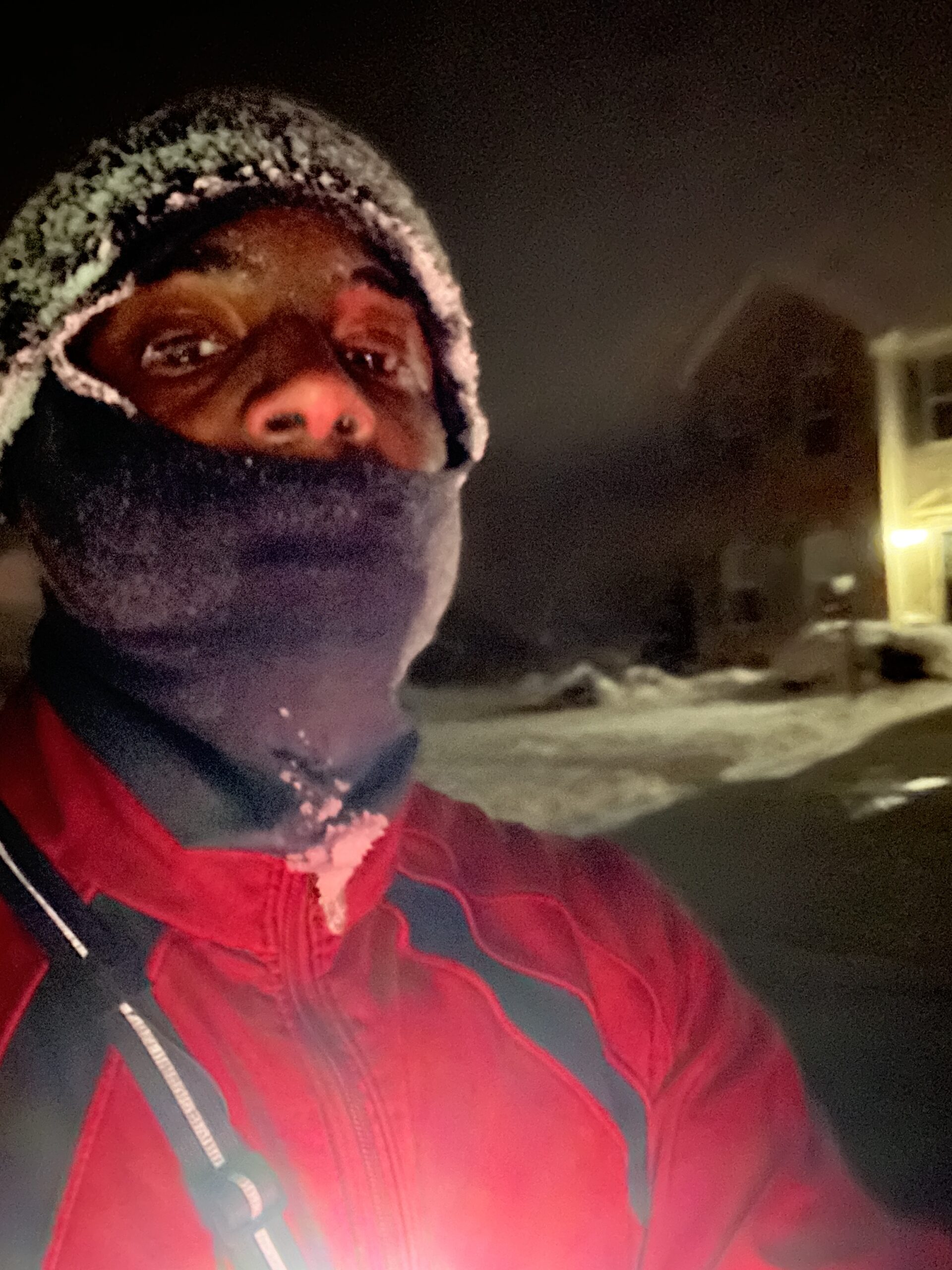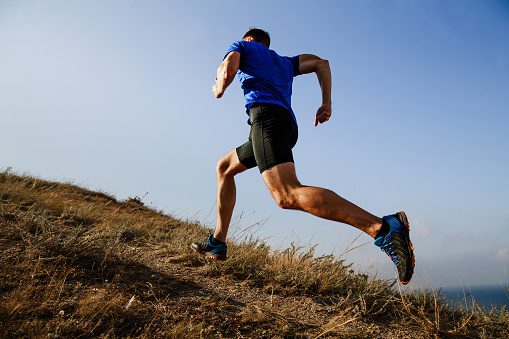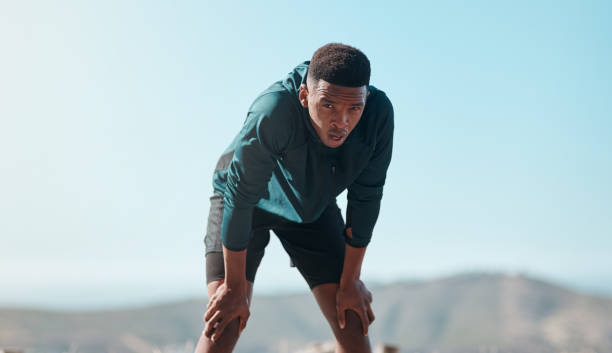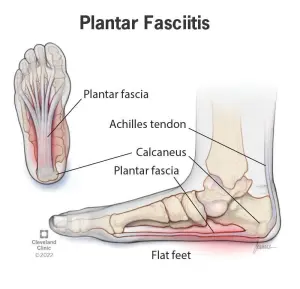
In order to get to spring, you must go through winter. I know, if you live in the cold regions of the world it may not be your favorite time of the year outside of Thanksgiving, Christmas, and New Year’s. I actually look forward to it in a weird way.
Freezing cold air, snow powdered streets, and hidden ice patches…something to look forward to!
There is a strategy involved in running in crappy weather, and that is what intrigues me. You have to think about the temperature, road conditions, and visibility.
Yeah, you get daylight saving time, but if you work, like me, or you have kids, like me, or both, like me, it’s probably dark whenever you decide to train outside. And I am a big believer in actual road training, although it would be so simple to just run on a treadmill. I hate treadmills…
Now, that does not mean I wont do a few miles on the treadmill, but I must have absolutely no other choice. I’ve heard of people doing their entire training block on a treadmill, and I can’t help but think how incredibly boring that must be!
So treadmills are out, for the most part, but what’s in, is gear, lots of gear. Runners love gear, and Im no different. Im talking winter hats, gloves, winter tights, LED lights and reflective clothing. Safety is the number one priority while training in the winter, so your gear must be dialed in.
I usually lay my clothes out the night before based on the weather forecast. I make sure my lights are charged up as well. The worst thing that can happen is running in pitch black darkness and your LED lights cutoff…That has happened to me a few times, and it is not fun.
Being prepared is my number one thing because it takes time to pull all those things together. Versus every other season where you can just get up and go.
Speed is not a priority during the winter months. Mental and physical road adaptations are the most important aspect to me. In my mind, I just make peace with the cold and uncomfortable environment, and that leads to laser focus and mental strength.
Which in my experience comes in handy when race day conditions are less than ideal. As they are more often than not.





